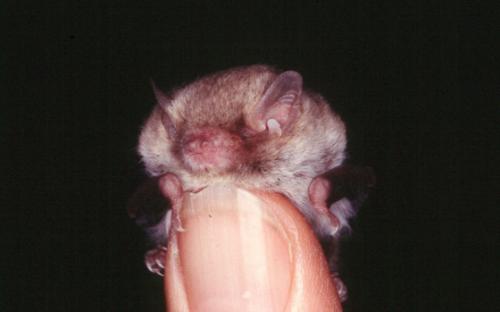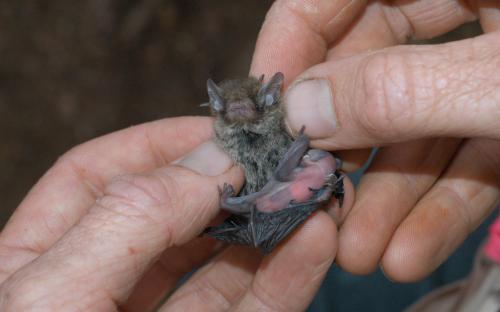Conservation status: least concern
Australia's smallest mammal is also the second most common bat we have recorded in Bayside. Typically weighing less than 4g, it grows to nearly 5cm long with a wingspan of 15cm. Females are slightly larger than males.
Found throughout south-east Australia including Tasmania, it loves eating mosquitoes, though it does also eat other invertebrates such as moths, bugs and beetles. It mostly eats while flying, but will land to eat when it catches large prey.
The Little Forest Bat prefers to roost in tree hollows or roof cavities, usually in colonies of 20-50 and often near water. They've even been found sharing a nest with a possum.
A single pup is born pink and hairless in late spring or early summer. As is typical for microbats, the mother hangs by her thumb claws to give birth, and catches the newborn baby in her tail membrane.
The tiny pup is fed with milk for 6-7 weeks. At first babies are carried by their mother while she's hunting, but as they get bigger mum leaves the babies in the roost until they are old enough to fly.
Because of their need of tree hollows for roosting, their numbers have declined where old trees have been cleared. Competition with the introduced Common (Indian) Mynah for tree hollows is also a problem. We can help them by providing bat boxes as substitute tree hollows.




